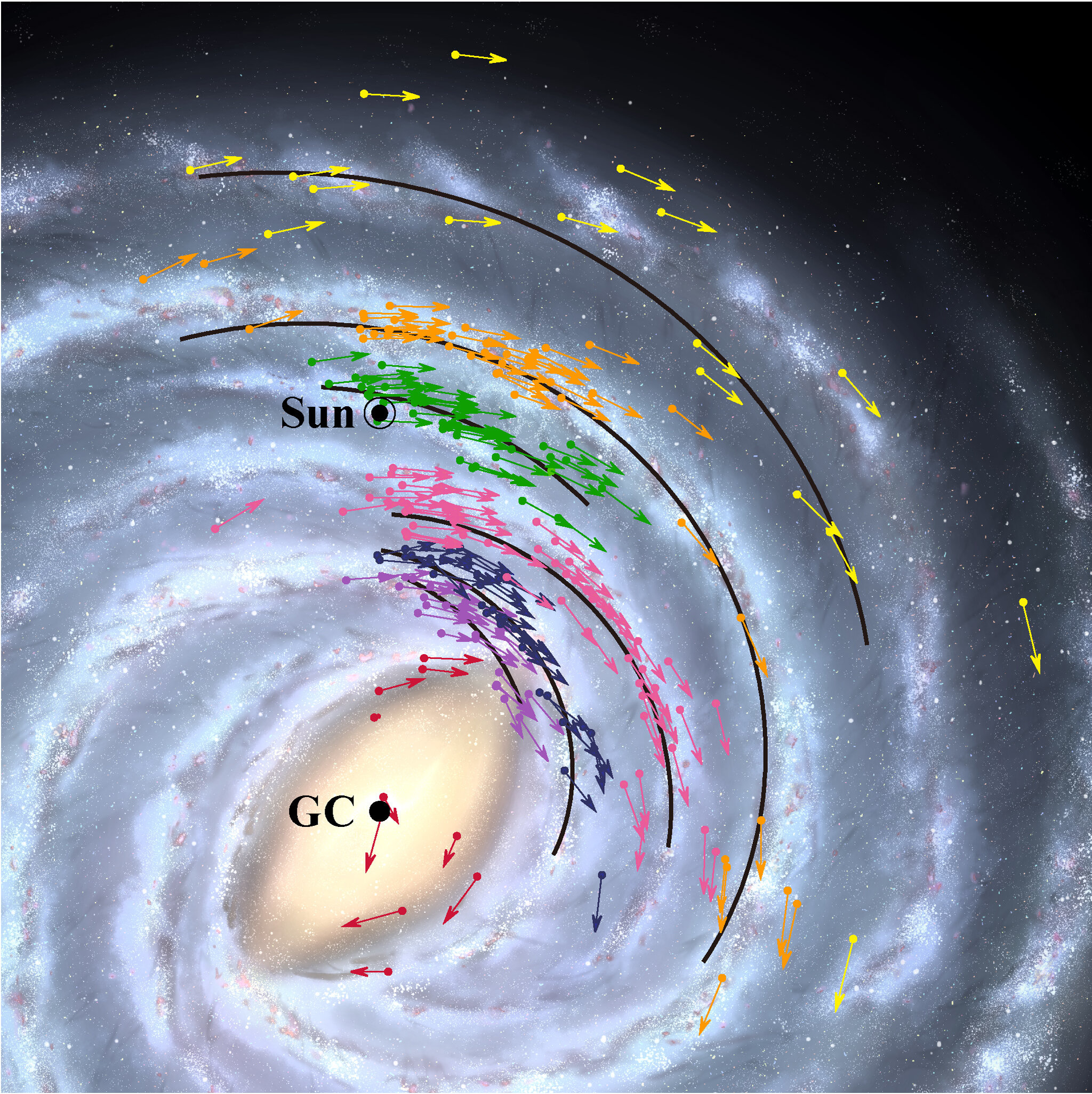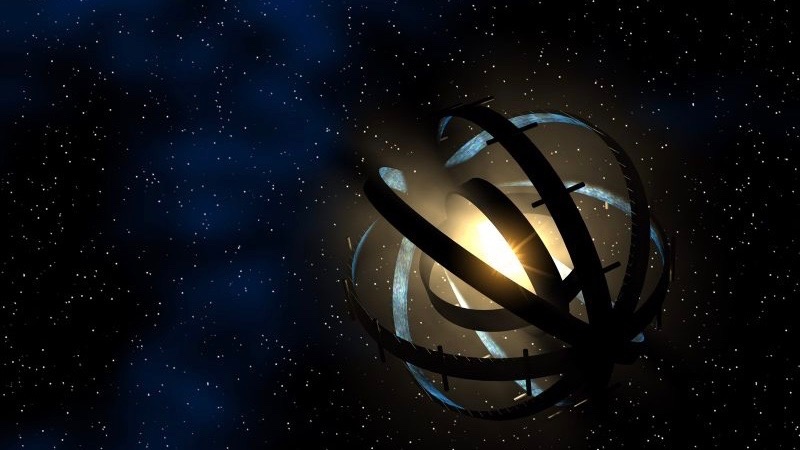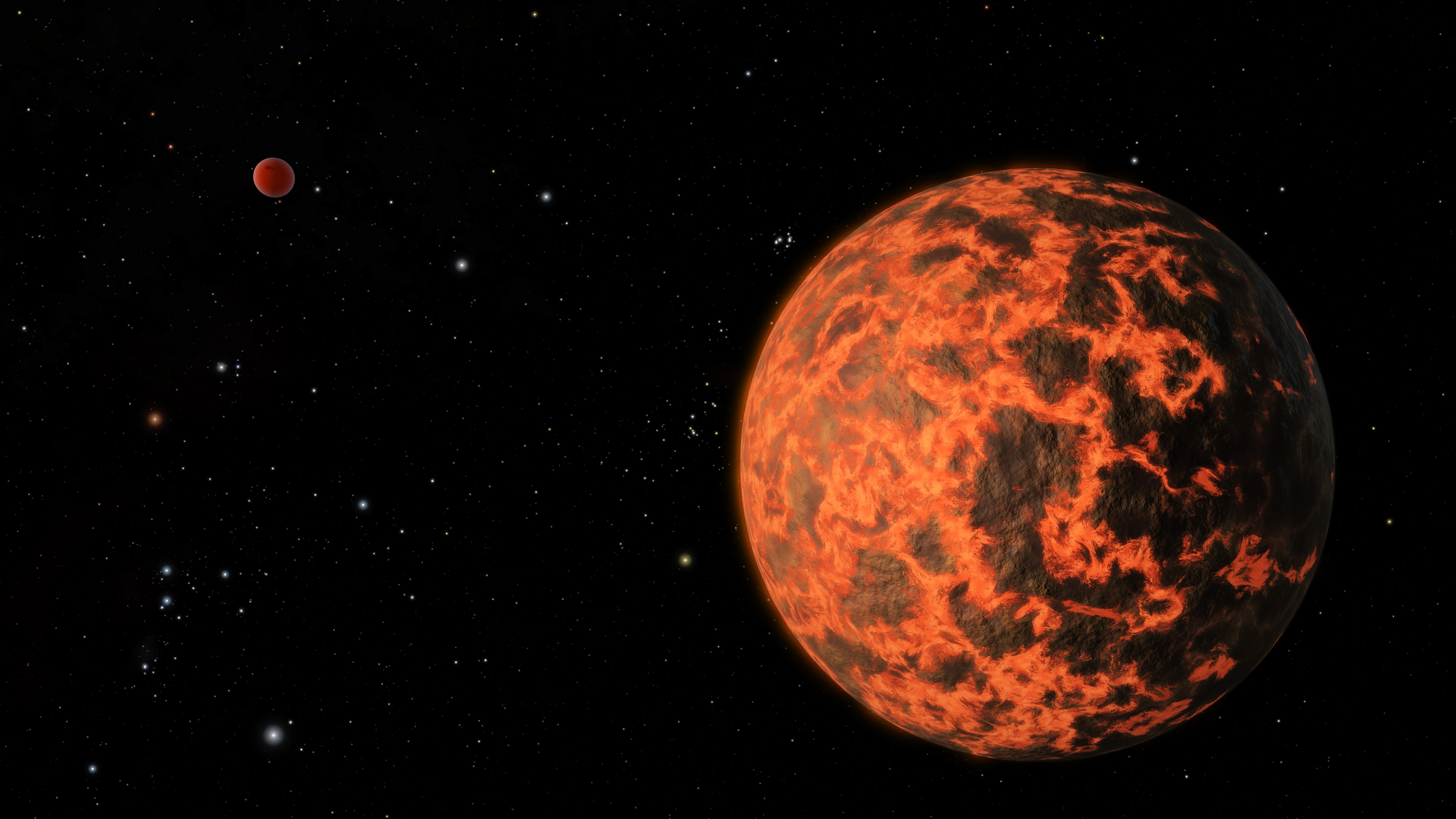planet
A puzzling — and huge — break in the geological record finally might be explained.
A new study shows our planet is much closer to the supermassive black hole at the galaxy’s center than previously estimated.
An astrophysicist proposes new designs for stellar engines that can move a solar system.
We still don’t have proof of intelligent life beyond that on Earth.
▸
10 min
—
with
You won’t notice much of a difference unless you’re north of the 55th parallel, though.
A new study by planetary scientists proposes a giant new space object which could have formed the Earth and the moon.
Farewell Moon, we barely knew you. Bill Nye knows the Moon is moving away from Earth 1.48 inches per year. Will it keep drifting further away, and what happens to Earth when it does?
▸
2 min
—
with






